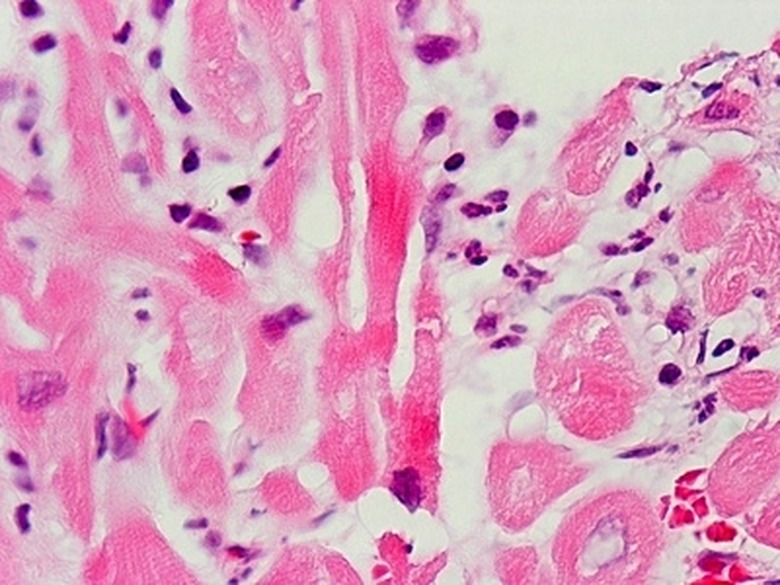How To Make An Animal Cell Diagram
Cells are the building blocks of life, and students often are asked to create cell diagrams. Animal cells consist of an outer cell membrane filled with cytoplasm and microscopic organelles. Each organelle has a different purpose inside the cell. Your diagram should show all the parts of the animal cell and be color-coded and accurately labeled.
Step 1
Study the cross-section of an animal cell (see Resources).
Step 2
Draw the cell on a sheet of paper.
Step 3
Label each organelle on the diagram and draw each using a different color.
Step 4
Draw the cell membrane, which will be the outline of the cell.
Step 5
Draw the cytoskeleton. This includes the filaments and microtubules.
Step 6
Make the oval-shaped nucleus with the nucleolus in its center. Inside the nucleus include some drawings of chromatin. The nucleus should be the largest item inside the cell.
Step 7
Draw the rough and smooth endoplasmic reticulum around the nucleus.
Step 8
Draw several bean-shaped mitochondria inside the cell, as well as vacuoles and vesicles. The vacuoles and vesicles should be smaller than the mitochondria.
Step 9
Draw lysosomes, ribosomes, peroxisomes and a centrosome.
Step 10
Draw the golgi body inside the cell.
Step 11
Color the remaining space in the cell, which is called cytosol or cytoplasm, a liquid in which the organelles live.
Things Needed
- Paper
- Colored pencils, crayons or markers
- Cell image
TL;DR (Too Long; Didn't Read)
Label as you go so you don't have to go back to the model and search for each organelle of the cell. Make a checklist of all of the organelles, and check them off as you draw them to ensure you have not left anything out of your diagram. Make sure you are drawing an animal cell, not a plant cell. Plant cells have cell walls and chloroplast; animal cells do not.
Cite This Article
MLA
Scott, Stephanie T.. "How To Make An Animal Cell Diagram" sciencing.com, https://www.sciencing.com/make-animal-cell-diagram-5150204/. 24 April 2017.
APA
Scott, Stephanie T.. (2017, April 24). How To Make An Animal Cell Diagram. sciencing.com. Retrieved from https://www.sciencing.com/make-animal-cell-diagram-5150204/
Chicago
Scott, Stephanie T.. How To Make An Animal Cell Diagram last modified March 24, 2022. https://www.sciencing.com/make-animal-cell-diagram-5150204/
